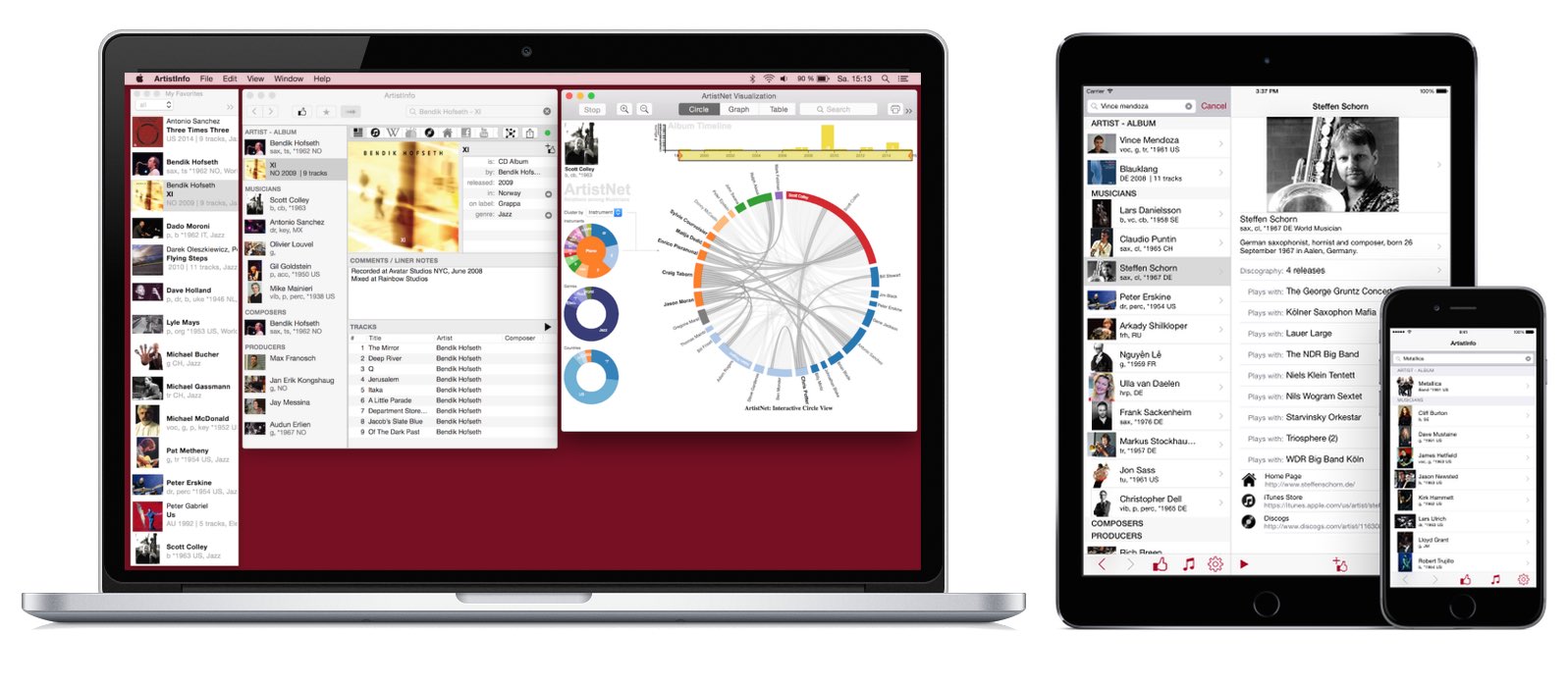Sodero's Band
Band, IT
Brass, Pop and Classical
A.k.a. Cesare Sodero
Cesare Sodero (August 2, 1886-December 16, 1947) Conductor, composer and Cellist Cesae Sodero was an Italian conductor who spent much of his career working in the United States. He toured Europe for a short time as a cellist before coming to the United States in 1906; In 1914 he became principal conductor at the New York Recording Department of Thomas A. Edison, Inc., Edison Records commonly referred to as the Edison Phonograph Company. He contracted and conducted a wide variety of instrumental ensembles for Edison, principally focusing on band and orchestra selections. Sodero's instrumental recordings are some of the most colorful and imaginative of the entire acoustical recording era. Sodero also conducted the accompaniments for most of the operatic records made at Edison between 1915 and 1925.working with such luminaries as tenor Jacques Urlus and soprano ]. Sodero remained with Edison until 1925, when he turned to radio. He achieved significance as a pioneer in the broadcast of opera, directing a series of fifty-three works in tabloid form for NBC in 1926. From then until 1934 he also conducted several hundred symphonic concerts for the network; he then became music director for the Mutual network. From 1934 to 1947 he served as the conductor of the Mendelssohn Glee Club of New York. Having worked for most of his career in the relatively "invisible" fields of recording and radio, Sodero was surprisingly appointed as one of the principal conductors at the Metropolitan Opera in 1942 on account of a wartime shortage of suitable conducting personnel in the Met's Italian wing. His Met debut, Aida on November 28, was highly successful, and critics praised Sodero's precise, powerful, yet lyrical direction. He worked steadily and successfully with the company until his death. Sodero also composed music, and wrote one opera during his career. Titled Ombre Russe, it was given its premiere by NBC in 1929; the stage premiere took place in Venice in 1930. Sodero died in New York City in 1947.
Members
 | Cesare Sodero IT |
Popular Tracks 

Track list and 30sec audio provided by ![]()
Discography
| Title | Artist | Year | Type |
|---|---|---|---|
| Adeste Fideles / Hallelujah Chorus | Sodero's Band | 1926 | Single |
| La Gioconda / Overtures | Sodero's Band / American Symphony Orchestra | 1926 | Album |
| Sesqui-Centennial Exposition March | Sodero's Band | 1926 | Album |
| Marche Slave / Chicago Tribune March | Sodero's Band | 1923 | Single |
| Slidus Trombonus / Royal Italian March | Sodero's Band / New York Military Band | 1922 | Single |
| Hiawatha - Laughing Water | Sodero's Band | 1921 | Single |
| Love's Message / Heads Up March | Sodero's Band / Conway's Band | 1920 | Single |
| La Dance Des Sorcieres / Miss Trombone | Sodero's Band / New York Military Band | 1920 | Single |
| Col. Stuart March / The Vampire | Conway's Band / Sodero's Band | 1920 | Single |
| In The Clock Store / The Nightingale And The Frog | Sodero's Band / Weyert Moor And Benjamin Kohon | 1919 | Single |
| Creole Belles / Soldiers In The Park March/ Hiawatha / Laughing Water | New York Military Band, Sodero's Band | 1919 | Album |
| Stabat Mater / La Paloma | Pietro Capodiferro / Sodero's Band | 1918 | Single |
| Simplicity - Intermezzo / The Whistler And His Dog | Sodero's Band / New York Military Band | 1917 | Single |
| Amina - Egyptian Serenade / Ciribiribin | Sodero's Band | 1916 | Single |
| Praise Ye / Coronation March | Sodero's Band | 1916 | Single |
| Spring Bird - Intermezzo | Sodero's Band | 1916 | Single |
| Porcupine Rag / Dance Of The Skeletons | New York Military Band / Sodero's Band | 1915 | Single |
| Sextet / Norma Overture | Sodero's Band / Edison Concert Band | 1915 | Single |
| Dance Of The Skeletons | Sodero's Band | 1915 | Single |
| The Stars And Stripes Forever March / Evening Chimes In The Mountains | Sodero's Band / Edison Concert Band | 1915 | Single |
| Valeartier / Valse-Impromptu | Sodero's Band | 1915 | Single |
| Rienzi Overture / Tannhauser March | Sodero's Band | 1914 | Single |
| Peer Gynt - Suite No. 1 | Sodero's Band | Album |
